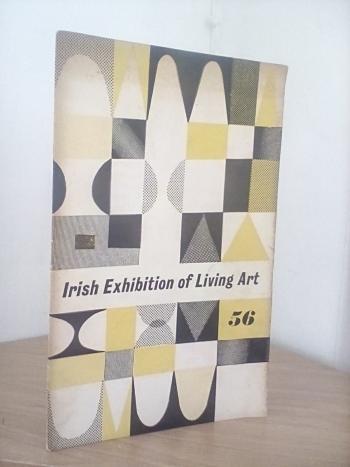Irish Exhibition of Living Art
At the outset of World War II the Dublin art milieu was divided into two distinct factions. The traditionalists who preferred the status quo, the safe totally representational view of life safe in the knowledge that this is way it always was and therefore so it should remain. This traditional faction comprised Sean Keating, James Sleator, Dairmuid O’Brien, Sean O'Sullivan and Maurice MacGonigal all of whom were either past Presidents or long-standing members of the establishment RHA. The opposite faction comprising largely middle-class well-to-do artists such as Norah McGuinness, Mainie Jellett, Evie Hone and Louis le Brocquy were forward-thinking in their vision and beliefs. In 1942, following a forthright verbal assault on the RHA by Mainie Jellett, the selection committee of the RHA annual exhibition rejected 'The Spanish Shawl' by Louis le Brocquy, as well as many other works submitted by the so-called modernist movement.
The following year, 1943 saw the formation of the Irish Exhibition of Living Art in outright defiance of the 'old guard'. At the launch of the IELA Mainie Jellett, Louis le Brocquy, Jack Hanlon and Norah McGuinness joined together in le Brocquy’s Dublin studio to announce: 'owing to a growing demand we hereby constitute ourselves a committee, to organize a public exhibition to be called, 'The Irish Exhibition of Living Art' ... 'the function of the exhibition shall be to: make available to a large public a comprehensive survey of significant work, irrespective of School or manner, by living Irish artists.' Thus there was now an alternative opportunity for painters and sculptors who did not agree with the intransigent vision of the Royal Hibernian Academy. The inaugural IELA exhibition pulled in the crowds at the National College of Art in Dublin. Indeed there were not only exhibits from the breakaway artists but the traditionalists also showed. The public took to the mix of the old and the new and so it was to remain with a growing awareness outside of Ireland of Irish art in general.
Get Unlimited Access from just £5


